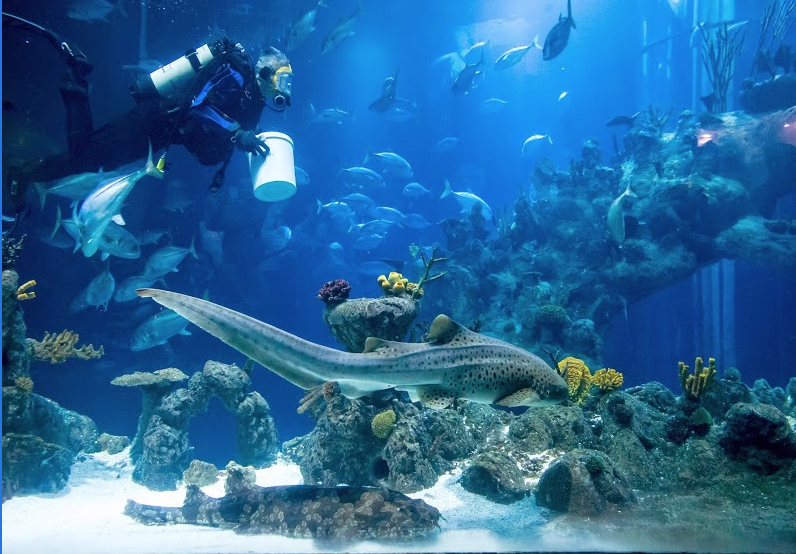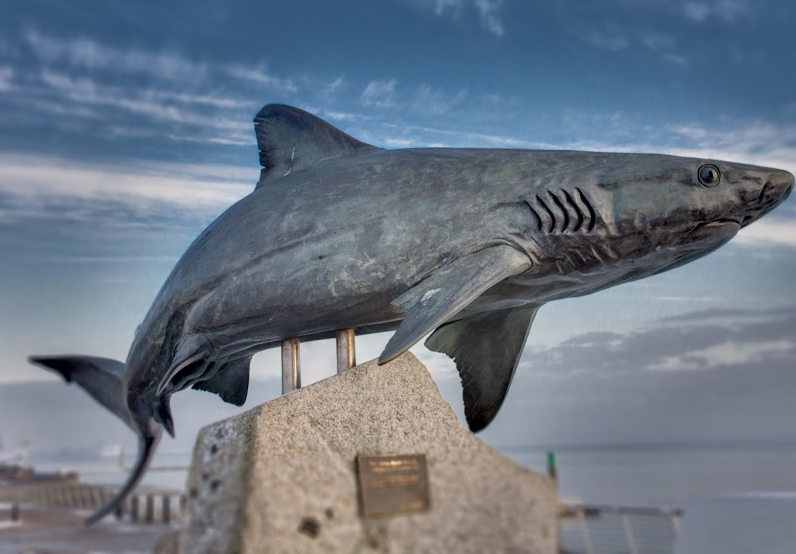SCHOOL TRIPS: Why ocean damage is deeply disturbing

First form students were delighted to see sharks, stingrays, starfish and gentoo penguins during a spectacular aquarium visit, where they also learnt about the damage plastics are doing to our oceans. FRANCESCA FAULKS and MEABH O’COFAIGH report
OUR journey into The Deep began in the prehistoric section of the world famous Hull aquarium, where we saw some interesting skeletal remains of sea creatures such as giant turtles and sharks.
We progressed to the Tropics section of the huge building, which is packed with more than 3,500 fish and other stunning marine life.
As well as a range of tropical fish, we saw a small tank filled with mesmerising starfish and, after learning lots about the kind of fish you might find in warm oceans such as the Mediterranean, we entered the Cold Oceans section.
We spent a lot of time watching the gentoo penguins play in the water and eat the fish they were fed. There was even a penguin chick, which was very cute.
Next, we walked through a tunnel where we could view the sharks and stingrays before going down another floor to investigate creatures such as eels and bioluminescent fish like the angler which live in the darker, deeper oceans.
Sadly, there was a tank packed with plastic and a model fish, which demonstrated how our oceans are getting more and more clogged up with our single-use rubbish, as well as the damage this does to the fish.
It’s rather upsetting an aquarium has to address this, as it shouldn’t be a problem.
After lunch, we learned about the dangers of plastic in our seas and oceans, along with the science explaining why certain materials don’t biodegrade.
We did an interesting experiment, covering a beaker with cloth and pouring a liquid containing micro plastics into it in order to analyse it.
Overall going to The Deep was a great educational experience and we would definitely go again.








